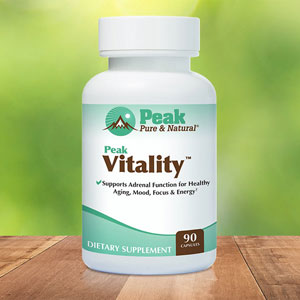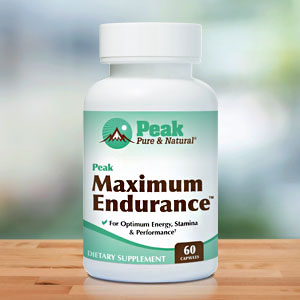Get Easy Health Digest™ in your inbox and don’t miss a thing when you subscribe today. Plus, get the free bonus report, Mother Nature’s Tips, Tricks and Remedies for Cholesterol, Blood Pressure & Blood Sugar as my way of saying welcome to the community!
If walking is good for you, is running better?

Walking is my exercise of choice. It’s easy, accessible, and inexpensive. You will never find me in a gym or buying fancy exercise equipment (although I do have a treadmill so I can continue walking when the snow flies).
I don’t plan on becoming a runner any time soon. My thinking is, “I can always just walk faster!”
Turns out, I’m not entirely wrong. Running and walking each have their advantages in terms of fitness and impact on conditions that can impact long-term health. It really depends on your individual goals and one especially important factor…
Many benefits of walking
Duck-chul Lee, a professor of physical activity epidemiology at Iowa State University, says that “the biggest benefit occurs when moving from none to a little” exercise.
In other words, simply moving away from a sedentary life and taking up walking as exercise will not only improve your fitness…
It will also help you live a longer, healthier life, decrease risk of dementia and help you step away from various chronic conditions.
A regular walking practice can improve your VO2max, the most precise assessment of your cardiorespiratory health. It’s a measurement of the heart and lung’s capacity to take in oxygen, distribute it throughout the body and convert it into energy for your cells.
And as far as walking faster goes, when I start walking fast enough so I can still talk but not sing, I know I’ve crossed the line from light to moderate physical activity.
One big benefit of faster walking is shaving as much as 16 years off your body’s physical age! Researchers found that a faster walking pace was associated with longer telomeres — regardless of the amount of physical activity — and could translate to the equivalent of turning your biological age back.
But would you be even healthier if you turned walking into running?
Again, we’re simply talking about a continuum here, from sitting all day, to walking, then graduating to running.
And running has its pluses — but also downsides. Whether running is better for you than walking warrants some unique considerations, including one that matters most of all…
What about running?
Running can be a faster way to achieve some of your goals because it’s more vigorous than walking.
For example, running burns more than twice as many calories per minute as walking.
Both running and walking can lower your risk of diabetes, high cholesterol and high blood pressure. But in a study that compared these benefits between walkers and runners — you’d have to walk longer and more often to get the same results as the runners.
Runners also tend to have a lower risk for osteoarthritis, which may seem odd considering that running is high-impact. When you walk, one foot is on the ground at all times, but runners are in the air during each stride. When they land, the body absorbs almost three times its body weight. But the reason for not impacting the bones badly may come back to running’s big calorie burn benefit…
In a study of 74,752 runners and 14,625 walkers that found runners had a lower risk of hip replacement and osteoarthritis than the walkers, the runners, on average, had lower body mass indices (BMI) than the walkers. Less body weight means less stress on your bones.
Now the downside to running is a higher risk for injury. About 80 percent of those are overuse injuries. The right shoes and limiting running to once a week can cut down on those injuries that can include:
Runner’s knee
Achilles tendonitis
Shin splints
Plantar fasciitis
Stress fractures
Iliotibial band syndrome
If you want to take up running, do it gradually. Walk first, increasing your step count over time, and then your stride before breaking into a run.
Whether walking or running, consistency is key
Whether you’re a “never-gonna-run” walker like me or someone who loves a good morning jog, neither will do you much good if you just do them “when you feel like it.”
The best exercise you can do, and I’ve heard this from many health experts, is the one you can stick to. And this is likely the most important factor in deciding which activity is best for you.
The longer you go between walking or running sessions, the harder it gets. And it’s not just about willpower. Researchers found doing less exercise could deactivate a protein in the body that senses blood flow. This leads to further inactivity and makes sticking to exercise more difficult.
So if you need to start slow, that’s fine… just start and keep on going!
Editor’s note: Did you know that when you take your body from acid to alkaline you can boost your energy, lose weight, soothe digestion, avoid illness and achieve wellness? Click here to discover The Alkaline Secret to Ultimate Vitality and revive your life today!
Sources:
Running vs. Walking: Which Is Better for Lasting Health? — NY Times
Speeding Up Your Daily Walk Could Have Big Benefits — NY TimesThe Difference Between Walking and Running — WebMD














